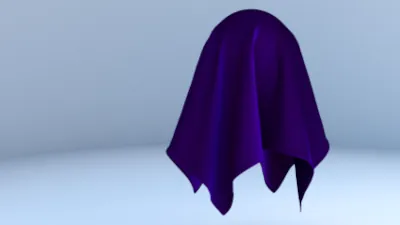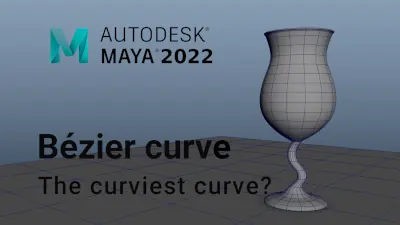
Digital humans the art of the digital double
Ever wanted to know how digital doubles are created in the movie industry? This course will give you an insight into how it's done.
#
1
17-10-2003
, 07:28 AM
Subscriber
Join Date: Aug 2003
Join Date: Aug 2003
Posts: 14
Rings or tubes

#
2
17-10-2003
, 01:43 PM
If you want to use NURBS circles, it will be trickier as they wont be one object after you finish. Even trickier if it's a square because each side of the square is a separate segment. Anyway, one way of doing this with a circle would be to create your two concentric circles, then duplicate and translate them for the other end of the tube. Now, perform the four lofts to create the surfaces (loft inner circle to outer circle at each end an inner circle to inner circle, outer circle to outer circle end to end). Delete your curves, delete your history, and group the lofts. You have to select the entire group when you want to use it as one object....kind of a drag, huh?
Maybe someone else has a more efficient way.
"Terminat Bora Diem, Terminal Auctor opus."
#
3
17-10-2003
, 01:44 PM
If you have to use curves, take those first two circles, duplicate and move them up, loft the outer and inner surfaces with polygon outputs, combine them together, and then use Append to poly tool to fill in the top and bottom.
#
4
17-10-2003
, 01:49 PM
"Terminat Bora Diem, Terminal Auctor opus."
#
5
19-10-2003
, 07:17 AM
Subscriber
Join Date: Aug 2003
Join Date: Aug 2003
Posts: 14
#
6
16-11-2003
, 04:58 PM
rendering right now but im gonna try it soon:bgreen:
#
7
16-11-2003
, 06:36 PM
#
8
21-11-2003
, 02:33 PM
Nurbs
hope that helps...
b u l l e t
#
9
03-12-2003
, 06:21 AM
Registered User
Join Date: Sep 2002
Join Date: Sep 2002
Posts: 19
1. create a torus (8 section, 6 span) cubic type.
2. rebuild the surface (using keep CVs, U linear and V cubic.
3. delete isoparms u[1], u[4] and u[7].
You will then get a NURBS tube.
In polygon you have ability to twist the ring 45, so you can use only 4 spans and result directly as polygonal tube.
Posting Rules Forum Rules
Similar Threads
Rings instead of smooth shadows
by Tristanartform in forum Maya Technical Issues replies 1 on 27-02-2009
modeling a bunch of tubes
by Falott in forum Maya Modeling replies 7 on 24-05-2006
tubes with indention..
by pixelsoul in forum Maya Basics & Newbie Lounge replies 0 on 07-05-2006
How do I get Paint Effects tubes to point "up"?
by Gun-Kata in forum Maya Materials & Textures replies 2 on 05-07-2004
CV curves to poly tubes
by Merabi in forum Maya Basics & Newbie Lounge replies 6 on 22-12-2002
Topics
Free Courses
Full Courses
VFX News
How computer animation was used 30 years ago to make a Roger Rabbit short
On 2022-07-18 14:30:13
Sneak peek at Houdini 19.5
On 2022-07-18 14:17:59
VFX Breakdown The Man Who Fell To Earth
On 2022-07-15 13:14:36
Resident Evil - Teaser Trailer
On 2022-05-13 13:52:25
New cloud modeling nodes for Bifrost
On 2022-05-02 20:24:13
MPC Showreel 2022
On 2022-04-13 16:02:13











